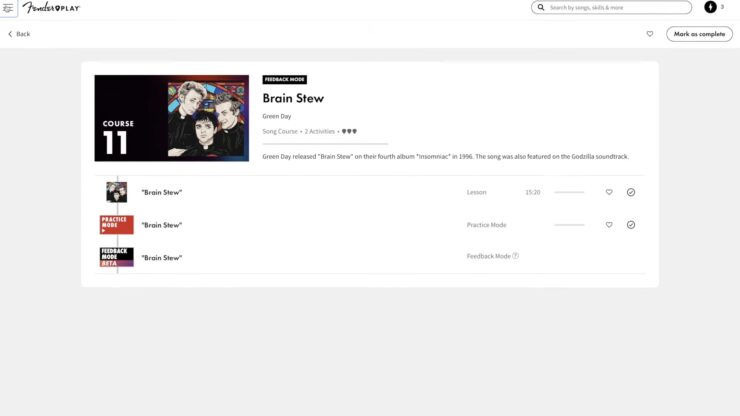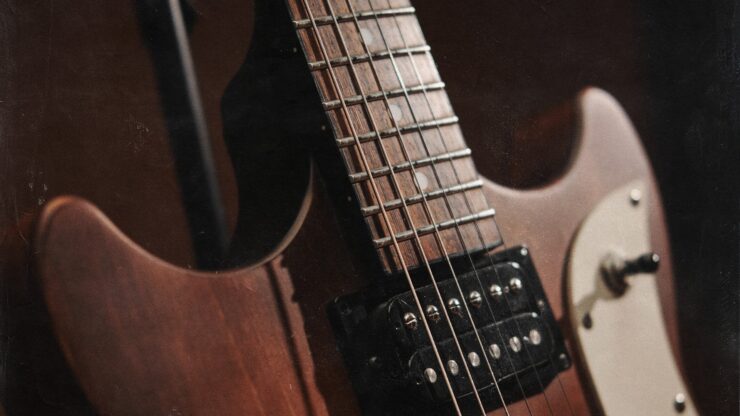First off, what exactly is a guitar lick? It’s a short, memorable sequence of notes that you often hear in solos or during improvisations. Licks are like the spice in your musical dish – they add flavor and personality to your playing. You’ve probably heard iconic licks in rock, blues, jazz, and countless other genres. They can be simple or complex, but the key is how they’re executed.
Content Navigation
Why Focus on Guitar Licks?
Why spend time learning guitar licks? Here are a few reasons:
- Boost Your Technique: Practicing licks can significantly improve your finger dexterity and speed.
- Enhance Your Improvisation: Knowing a variety of licks gives you a toolkit for improvising solos.
- Add Flair to Your Playing: Licks can make your playing more expressive and interesting.
Step-by-Step Guide to Learning Guitar Licks
Now, let’s get into the nitty-gritty of how to learn and practice guitar licks effectively.
1. Choose Your Lick

Start with a lick that excites you. It could be from a favorite song or a lick you found in a lesson. Make sure it’s something you’re motivated to learn.
2. Break It Down
Don’t try to learn the entire lick in one go. Break it down into smaller, manageable sections. Focus on mastering one section at a time. This makes the learning process less overwhelming and more structured.
3. Slow It Down
Play the lick at a slower tempo. Use a metronome if needed. Slowing down allows you to focus on accuracy and technique. Once you can play it cleanly at a slow pace, gradually increase the speed.
Practice Tips
Practicing effectively is crucial. Here are some tips to make your practice sessions more productive.
1. Use Different Keys

Practice the lick in different keys. This not only helps you understand the lick better but also improves your fretboard knowledge. Transpose the lick to different positions on the neck.
2. Integrate Into Improvisation
Don’t just play the lick in isolation. Integrate it into your improvisation practice. Use backing tracks or jam along with songs. This helps you see how the lick fits into different musical contexts.
3. Focus on Precision
It’s tempting to play fast, but precision is more important. Ensure each note is clear and clean. Speed will come naturally with time and practice.
Techniques for Memorizing Guitar Licks
Memorizing licks can be challenging. Here are some techniques to help you remember them better.
1. Repetition
Repetition is key. Play the lick repeatedly until it becomes second nature. This reinforces muscle memory.
2. Visualization
Visualize the lick in your mind. Picture the fretboard and finger movements. This mental practice can complement your physical practice.
3. Contextual Practice
Practice the lick in various musical contexts. Play it over different chord progressions and styles. This helps you understand how the lick fits into different musical scenarios.
Common Challenges
Learning guitar licks comes with its challenges. Here’s how to overcome some common hurdles.
1. Plateau in Progress
It’s common to hit a plateau where progress seems slow. To overcome this, vary your practice routine. Try different licks, tempos, and styles. Keep challenging yourself.
2. Finger Fatigue
Intensive practice can lead to finger fatigue. Take regular breaks and ensure you’re practicing with proper technique. Stretching exercises can also help.
Advanced Tips
Once you’re comfortable with basic licks, it’s time to take it up a notch. Here are some advanced tips for mastering guitar licks.
1. Experiment with Dynamics
Play the lick with different dynamics. Experiment with volume, attack, and articulation. This adds expression and emotion to your playing.
2. Use Effects
Incorporate effects like reverb, delay, and distortion. This can give the lick a different character and make it more interesting.
3. Create Variations
Create variations of the lick. Change a few notes, alter the rhythm, or combine it with other licks. This not only enhances your creativity but also helps you understand the lick more deeply.
Make it Suit Your Style
Learning licks is one thing, but incorporating them into your playing style is another. Here’s how to make licks a natural part of your playing.
1. Analyze Your Favorite Players
Study the playing style of your favorite guitarists. Analyze how they use licks in their solos and improvisations. Try to emulate their style while adding your own touch.
2. Develop Your Own Licks
Use the licks you’ve learned as inspiration to create your own. This helps you develop a unique playing style. Experiment with different note sequences and rhythms.
3. Record Yourself
Record your practice sessions. Listen to the recordings and critique your playing. This helps you identify areas for improvement and track your progress.
Keep Practicing
Practice doesn’t have to be a chore. Here are some ways to keep your practice sessions enjoyable.
1. Play Along with Backing Tracks
Playing along with backing tracks can make practice more fun. It also helps you understand how licks fit into a musical context. There are plenty of backing tracks available online in various styles and tempos.
2. Jam with Others
Jamming with other musicians can be a great way to practice licks. It’s also a lot of fun and can be very motivating. You get to see how others use licks and incorporate them into their playing.
3. Set Goals
Set specific, achievable goals for your practice sessions. This gives you something to work towards and helps you stay motivated. For example, you could aim to master a particular lick by the end of the week.
Resources for Learning Guitar Licks
There are numerous resources available for learning guitar licks. Here are some that can be particularly helpful.
1. Online Lessons

Websites like YouTube, TrueFire, and Guitar Tricks offer countless lessons on guitar licks. These lessons often include video demonstrations, tabs, and backing tracks.
2. Books and E-Books
There are many books and e-books dedicated to guitar licks. They cover various genres and skill levels. Some popular titles include “The Guitar Lick Factory” and “Guitar Aerobics.”
3. Apps

Apps like Yousician and Fender Play offer interactive lessons on guitar licks. They often include features like tempo control and looping to aid in practice.
Conclusion
Learning and practicing guitar licks effectively can transform your guitar playing. It improves your technique, enhances your improvisation skills, and makes your playing more expressive.
By choosing the right licks, breaking them down, practicing with precision, and incorporating them into your style, you can master guitar licks and take your playing to the next level. Remember to keep the practice fun and use available resources to aid your learning.

